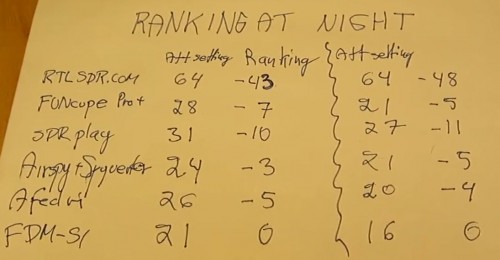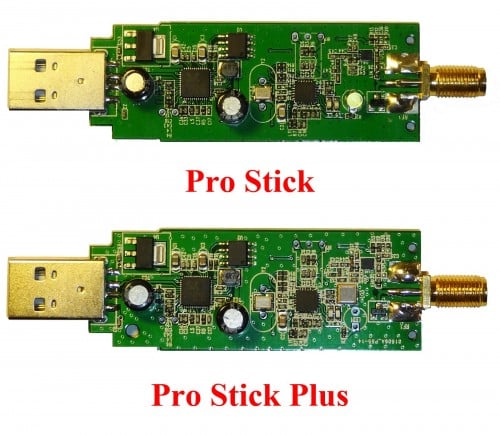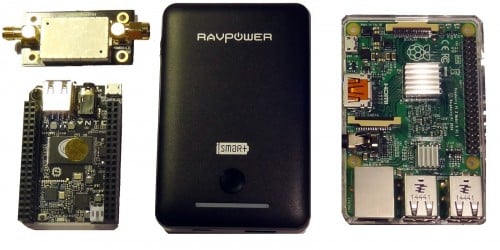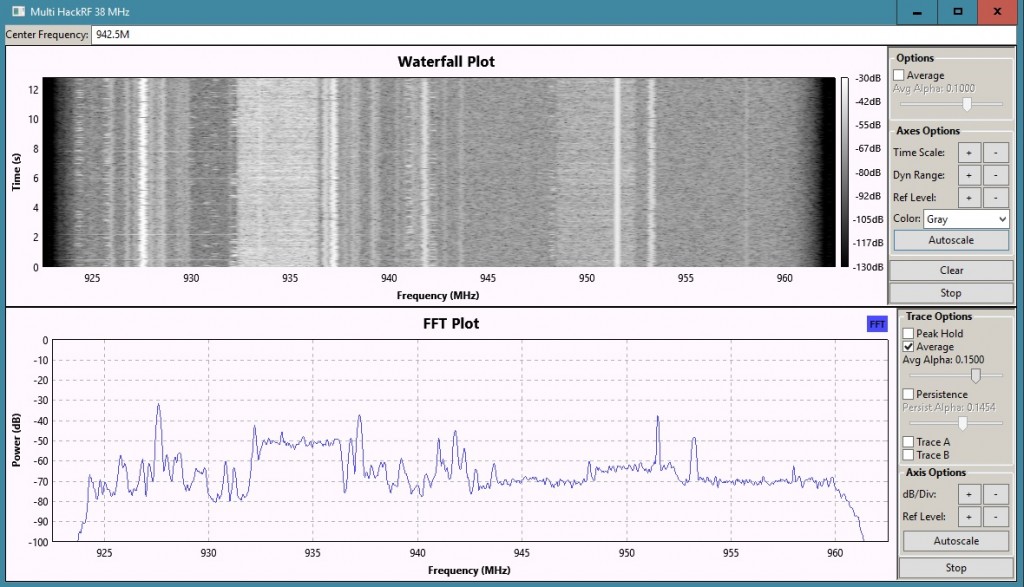New Low Power RTL-SDR’s for Stratux ADS-B Receivers
Stratux is an RTL-SDR based project that gives small plane pilots access to ADS-B data, without having to purchase an expensive commercial ADS-B installation. It consists of software that runs on a Raspberry Pi, and two RTL-SDR dongles to receive both 1090 MHZ ADS-B, and 978 MHz UAT. The decoded data is then streamed via WiFi to a tablet running navigation aide software with charts for pilots.
Typically Stratux kits come with two standard ‘Nano’ styled RTL-SDR dongles. However, users of the Stratux system have been reporting problems with overheating, and with the Pi struggling with the high current demands of a typical setup which includes two RTL-SDR dongles, active WiFi broadcasting, a GPS unit and an optional cooling fan. A typical RTL-SDR dongle draws 280 mA, so two dongles are already pulling 560 mA.
Chris, creator of the Stratux software and seller of Stratux kits has just released a new low power RTL-SDR dongle (kit with antennas). The cost is $35 USD for two dongles (one for 1090 MHz and one for 978 MHz). The dongle obtains its low power feature by using a switching regulator instead of a linear regulator as the main 3.3V power regulator on the PCB. Normally you would not want to use switching regulator for the main regulator in an RF device because they are very noisy in terms of RF interference generated. However switching regulators are much more efficient compared to linear regulators, and thus save a lot of current wastage. Other dongle manufacturers like ThumbNet have actually gone the other way, removing the secondary 1.2V switching regulator from the standard dongle design, and using a linear regulator instead. The ThumbNets end up with lower noise, but draw 400 mA of current.
With the switching regulator the new Stratux dongles only draw about 185 mA, a saving of almost 100 mA. They also generate 0.5W less heat. Users of the Stratux system have so far been impressed with them and have not noticed any appreciable difference in ADS-B performance. We think that these low power dongles might also be of interest to people using them on mobile phones or battery/solar powered remote installations.

During testing, Chris found that there was no significant noise floor increase visible on the 978 MHz & 1090 MHz frequencies. Most of the switching noise increase appears to be on the lower frequencies, but those frequencies are not relevant for the Stratux use case anyway.
Chris was kind enough to send us some samples of the new low power dongles. First we ran a noise floor scan with rtl_power to determine the effect of the switching regulator. The results show that the spurs and noise floor readings have definitely increased by a significant amount, with an especially large noise floor rise below 400 MHz. In SDR# wandering switching noise spurs are also visible throughout the spectrum, but they tend to weaken in strength once an antenna is connected.
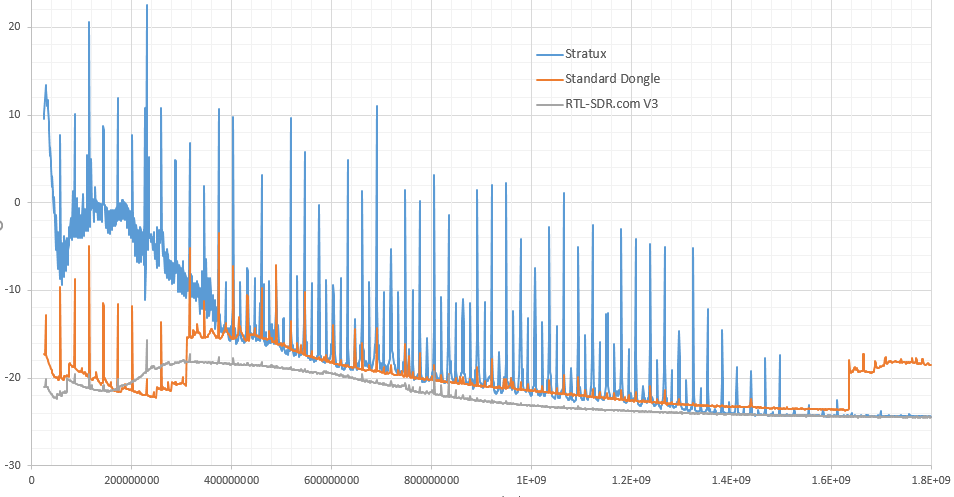
Fortunately, ADS-B is very tolerant to spurs and is generally not affected by this type of noise. We’ve only given the Stratux a quick test on ADS-B so far, but when compared against another ‘nano’ styled dongle the Stratux performed nearly identically (in fact even a little better) in terms of messages received. The two dongles were connected to the same antenna via a splitter and we logged the number of messages received in 10 minutes.

In conclusion the Stratux RTL-SDR set out to solve the mobile power issues suffered by people using the Stratux system. It has achieved that with an over 100mA saving in current use. The new Stratux dongle is much noisier, but the noise does not appear to significantly affect ADS-B reception as seen by our results and from the reports from Stratux users who beta tested this dongle.
Chris has also created a post on Reddit /r/stratux which talks a bit more about the new dongle.

